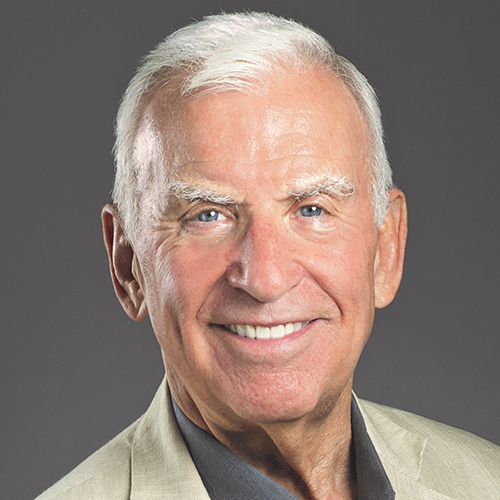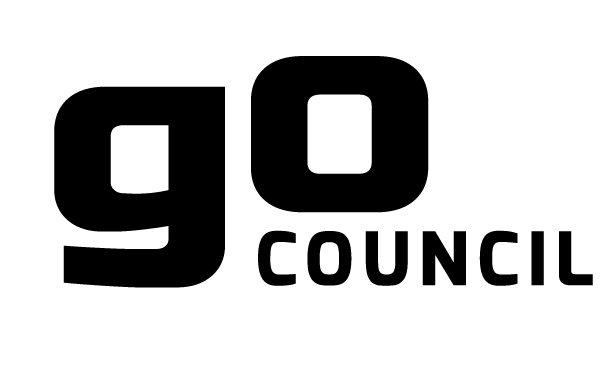
August 11, 2023
Decades of Complexity Overwhelms CMOs
By Michael Farmer
If CMO tenure over the past two decades has averaged 3.1 years, per Spencer Stuart’s data, then Fortune 500 companies have watched six or seven different CMOs struggle with the extraordinary changes and complexities of marketing since the early 2000’s.
Their struggle has not been a successful one, according to Bob Liodice, President and CEO of ANA, who notes that Fortune 500 revenue growth rates were 4.0% per year from 2000-2010 but fell to 1.8% per year from 2010-2015.
Separately, Farmer & Company completed an analysis of the Top 50 Advertisers in the US, focusing on the decade between 2009 (after the global financial meltdown) and 2019 (before the onset of Covid). Twenty of the Top 50 Advertisers, taken as a group, saw their collective revenue drop by 4% during this decade. What grew? Their share prices, fuelled by cost reductions (by procurement and finance), dividend increases and share buy-backs (by finance).
“Despite all of the creative and media transformation that has happened, advertisers are not growing,” Liodice wrote to me in early 2023. “This is why the ANA is so focused on [helping its members] achieve growth.”
Complexity has overwhelmed CMO efforts to drive growth and increase shareholder value. What were the marketing complexities of this period?
1. The final industry shift from commission-based to labor-based fees for media and creative agencies. Instead of focusing on “how much should we spend on media?” and “what types of creative should we develop for this spend?” the new client-agency dialogue devolved to discussions about agency salary levels, overhead rates and profit margins. This dialogue did little to make marketing more effective.
2. The introduction of procurement into client-agency relationships. CMOs were ill-equipped to deal with the increased complexity of labor-based fee negotiations, and so the introduction of procurement into the marketing ecosystem made sense from a practical standpoint. No one anticipated, at the time, procurement’s takeover of scope of work planning, fee-setting and agency reviews, or the organizational complexity that such a takeover would create for marketing. Agency relationships are now divided between CMOs and procurement, and the resulting complexity has reduced the quality of marketing’s overall efforts.
3. The explosive growth of media alternatives after 2004, and the uncertainty about what media mix would work best for the brands. CMOs wanted to demonstrate to their C-Suite colleagues that they were “current” and “up to date’ in their thinking, and so they jumped into digital and social marketing, fragmented their marketing spend across channels, increased the number of deliverables in their media and creative scopes of work and increased their agency rosters, abandoning AOR relationships – replacing them with portfolios of specialized agencies. This fragmentation came with an organizational cost, though – marketing had to hire its own “specialists” to oversee the channels and agencies, and this put the CMO at the pinnacle of a fragmented and specialized marketing organization -- more distant from the ongoing work than was the case in the past. The agencies competed with one another for client fees; the best advice about “what works to drive growth” was lost in the shuffle.
4. Annual increases in SOW workloads and declines in fees. Since labor-based fees did not require discussions about SOW workloads, marketing was free to increase the number of deliverables in SOWs without any cost penalty. In the face of marketing’s low-growth performance, CMOs experimented and created ever-expanding SOWs. Separately, procurement, taking advantage of their relative power over agencies, found ways to reduce annual fees, forcing agencies to downsize and juniorize to meet the profit needs of their owners. SOW inflation, coupled with agency downsizing and juniorizing reduced the quality of agency efforts on behalf of marketing.
5. Implementation of holding company relationships. Holding company relationships offered CMOs the prospect of simplifying their management of the portfolio of specialized agencies – by having holding company executives do the heavy lifting, overseeing the diverse agencies and insuring the integration of their activities. In reality, though, many such relationships remained agency-based, and the holding company executives, who had little real power over their agencies, became just another organizational complication to deal with.
6. Acceleration of agency turnover and agency reviews. Under the leadership of procurement, the notion of long-term agency relationships went by the board, and contracts were written that required routine agency reviews every three years or so. Contractual reviews increased procurement’s power to drive down agency fees, to be sure, but because agency relationships were now short-term in nature, CMOs were reluctant to share long-term marketing plans or embrace agencies as “performance partners” to help re-establish growth and profitability for brands. Instead, agencies were relegated to vendor-status, leading to a “yes-man” dynamic that saw agencies doing whatever their clients wanted without pushing back or engaging in debate. The loss of agency partnerships diminished marketing’s effectiveness.
Complexity reduction is an obvious solution to make CMOs more effective in driving growth. For this, they need agency partners who understand this need and are committed to bringing it about.
During my 30 years’ experience consulting with CMOs and their agencies, I have encountered only one agency — Huge, IPG’s digital / creative agency based in Brooklyn — which understands the need for complexity reduction and has thoroughly transformed itself to achieve this goal. You can read about this in Madison Avenue Makeover: The Transformation of Huge and the Redefinition of the Ad Agency Business, now available on Amazon and at other booksellers.
Huge adopted a new mission, “accelerated growth for clients” and a suite of fixed-price products designed to bring about accelerated growth while abandoning labor-based fees. Huge’s 45 products vastly simplify the size and nature of their scopes of work. Clients who work with Huge can expect to have a vigorous dialogue over “what problems need to be solved to accelerate growth? Which of our products would be most helpful in bringing this about?”
This is the type of dialogue that CMOs need to have with their agencies — in an effort to reduce complexity, to refocus marketing on its performance-improvement mission and to re-establish the kinds of growth rates that have eluded marketers for the past several decades.
About the Author

Michael Farmer is Professor of Branding and Integrated Communications and an advertising industry strategy consultant and author of Madison Avenue Makeover (LID Publishing, July 2023) and Madison Avenue Manslaughter (3rd edition; LID Publishing, 2019). He is Professor of Branding and Integrated Communications at The City College of New York, and a graduate of Princeton University and Harvard Business School. Previously, he served as a consultant with The Boston Consulting Group and as a Director of Bain & Company, where he ran the German, French and UK offices during its period of European expansion.
JOIN THE CONVERSATION
If you'd like to contribute to the Growth Monitor, please contact our Editorial Director, Tom Kaneshige at tkaneshige@cmocouncil.org

ALSO READ
Oct 2024 By Donovan Neale-May
The Chief Growth Officer Podcast hosted by Dr. Antonio Oftelie of Harvard University
Feb 2024 By Donovan Neale-May
Jan 2024 By Donovan Neale-May
Nov 2023 By Louise Burgers
Aug 2023 By Michael Farmer


